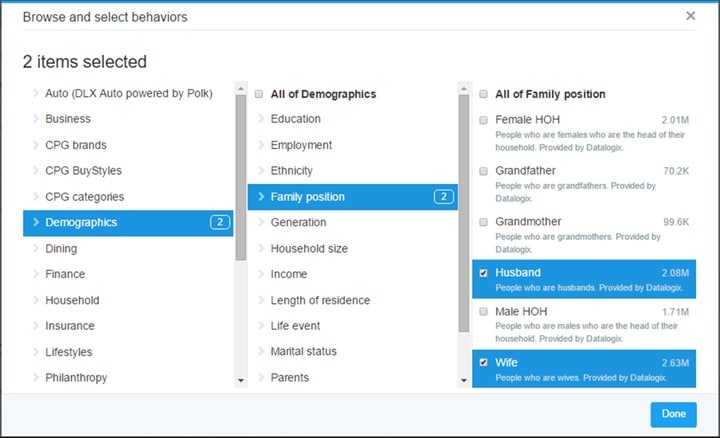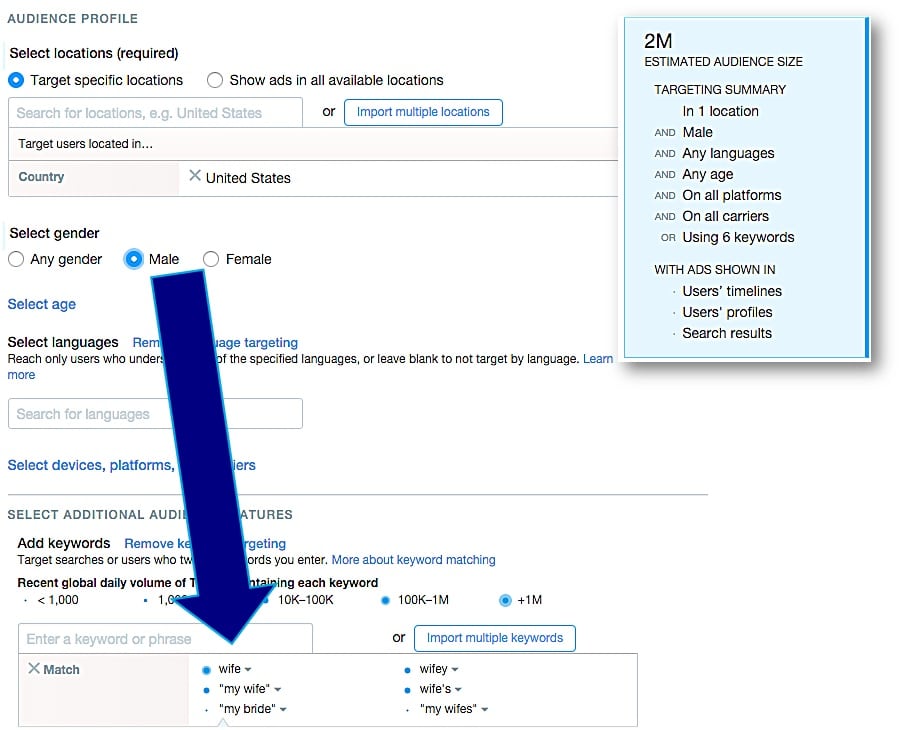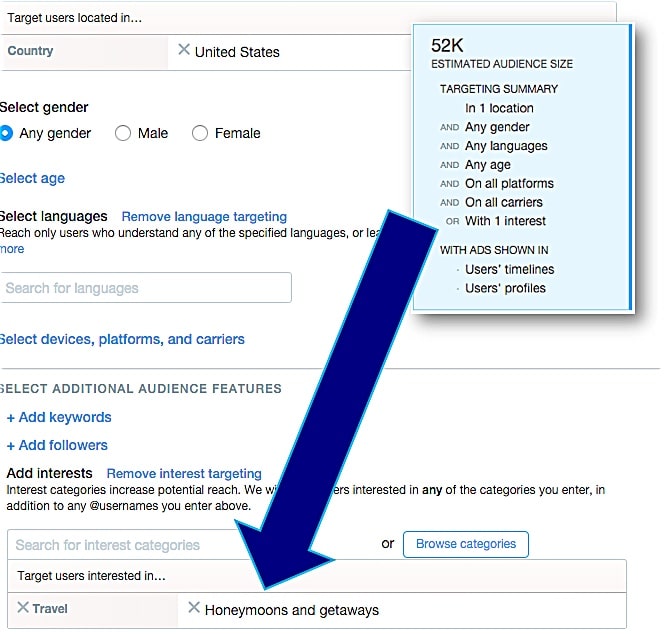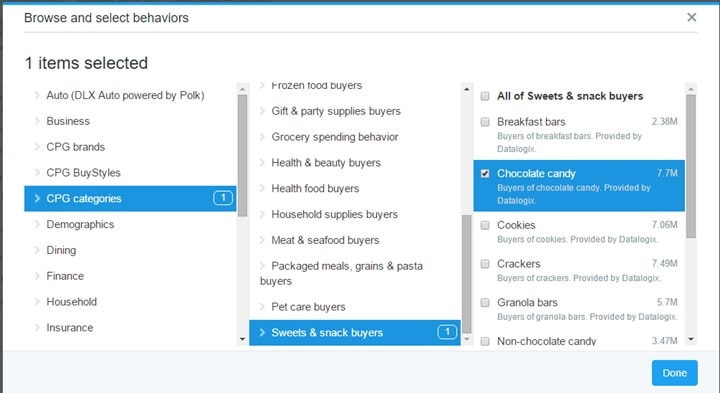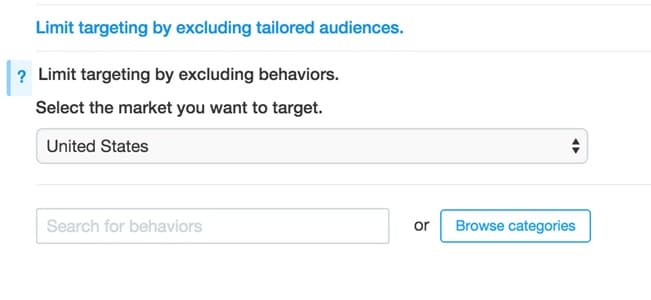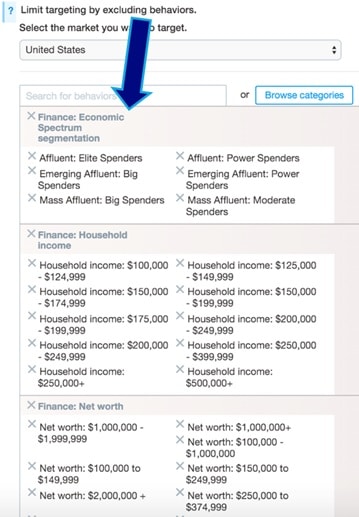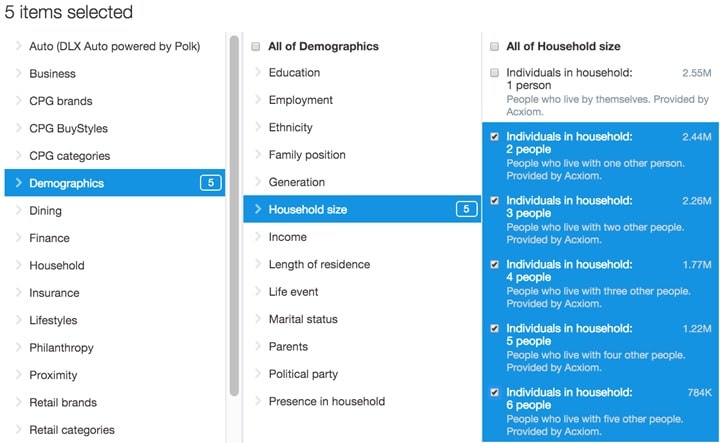Valentine’s Day is approaching quickly. Many will scramble to match the gravity of their love with the weight of chocolate, cards, jewelry and, in a grand gesture, a book of poetry. Though many efforts will never match the brilliance and sharp tongues of Pride and Prejudice’s banter, nearly 55 percent of those in the U.S. will shell out cash for pets, co-workers, friends, family and, of course, that special someone.
In 2015, the love-struck spent $18.9 BILLION(!), an average of $95 to $234 depending on the age group. (Uh… hun, we’ve gotta talk.) Last week we discussed how to target relationship personas with Facebook; this week we show marketers how Twitter’s targeting stacks up to reach couples, individuals, pets and chocolate lovers.
Demographics Married
Demographics is the obvious way to target with marital status. But that’s about as interesting as a flat soda.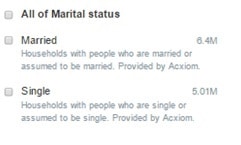
Keywords
Twitter keyword targeting is another lucrative tactic to capture users likely in relationships. Using our handy list of terms for significant others in our Valentine’s creative post, divvy them up in Twitter across multiple campaigns to achieve Twitter Relationship targeted personas.
- Females with male partners
- “my/the boyfriend/bf”
- “husband”
- “hubby”
- “my man/guy”
- Females with female partners
- “my partner”
- “my girlfriend”
- “my wife”
- Males with male partners
- “my partner”
- “my boyfriend”
- “my husband/hubby”
- Males with female partners
- “my girlfriend’
- “my wife”
- Males/Females with ambiguous partners
- “my partner”
- “my significant other/SO/S.O.”
- “bae”
- “ball and chain”
- “my Valentine”
- “my sweetheart/sweetie”
Narrow in on Newlyweds 
Twitter makes it easy to narrow in on newlyweds, or soon-to-be newlyweds in more than one way. First, target with Interests > Life stages > Newlyweds and carefully craft messages for gender and location. FYI: Females make up more than double the number of males, with a collective total of 41,000. Male-only targeting reaches just 17,000, so your time may be best spent combining these genders and crafting gender-neutral creative.
Another way to find newlyweds, or soon-to-be newlyweds, is to target users interested in honeymoons and getaways by way of travel interests.
Choice Targeting for Chocolatiers & Sparkly Things
Have stacks of chocolates in heart-shaped boxes and not sure what you’re getting with traditional targeting methods? Delicious images of those addicting little bites should be served to this group of sweet tooths with a pension for chocolate. They can be found within Purchase behaviors > CPG categories > Sweets & snack buyers > Chocolate candy.
Perhaps you sell all things that sparkle, or at least have inventory in the arena. Last year an estimated $4.8 billion dollars was spent on jewelry, but not all of it was sold at Jewelry stores. In fact, 31 percent of Valentine’s Day shoppers spend with discount stores, 35 percent with department stores and 28 percent take to shopping online. Active jewelry buyers can be pinpointed via Twitter’s third-party behavior targeting by way of Retail categories > Women’s accessories. As we’ve highlighted in previous posts; Twitter’s targeting isn’t as nimble (yet!…maybe soon?) as Facebook’s with AND operators (to combine targeting elements) or the ability to exclude… much – but Twitter does allow advertisers to exclude by behaviors! While we can’t target high-income users who also buy fine jewelry, we can target fine jewelry buyers and exclude users with lower incomes and net worth.
Conversely, if you’re not Cartier, simply keep the jewelry shopper targeting (inclusion) and flip the script on the exclusion financial targeting to ditch the dapper dons dripping with cash.
From the shiny new marriages to the burb-dwelling baby boomers, demographic targeting can be used to hone in on generations if your products/services (or creative!) are specific to age groups.
Singles with pets! Did you know that the estimated spend of of Valentine’s gifts for pets was more than $700 million in 2015? That’s right! Singles with the purchase behavior of cat owners have a potential reach of a million PLUS! I mean really, that makes sense. Love from our pets really is unconditional, especially when there’s food in our human paw. 🙂
Targeted pet owners, CHECK! Now, hit up the excluded behavior bucket again, this time excluding all households that have more than one resident.
Though Twitter targeting isn’t as nimble as finding relationship personas with Facebook. It is totally possible to target individuals based on relationships to reach couples, individuals, pet owners and chocolate lovers.
We wish you incandescently happy targeting.

